- No products in the cart.
Ovestin Valium 2mg 30 pc
$29.95
Ovestin Valium 2mg 30 pc
Description
Composition
Active substance:
1 tablet contains: 2.0 mg of estriol ;.
Excipients:
Colloidal silicon dioxide 0.75 mg potato starch 10.0 mg Magnesium stearate 0.50 mg Povidone 1.0 mg lactose monohydrate 100.0 mg (about 87.75 mg), distilled water qs * * – deleted in the production process.
Description:
White round flat tablets with beveled, etched DG over 8 between which the risk on one side and ORGANON * on the other side.
Product form:
2 mg tablets. 30 tablets in a blister made of PVC / Al. 1 blister pack placed in a carton together with instructions for use.
Contraindications
• Pregnancy, lactation; • Hypersensitivity to the active and (or) the excipients of the formulation; • installed with the disease or suspected breast cancer; • Known or suspected estrogen-dependent cancer (endometrial cancer); • Vaginal bleeding of unknown etiology; • Untreated endometrial hyperplasia; • The confirmed venous thromboembolism (deep vein thrombosis, pulmonary embolism) within the last two years; • Venous thromboembolism or thrombosis if not conducted anticoagulant therapy; • Confirmed thrombophilia (e.g., a deficiency in protein C, S or antithrombin protein (see “Special Instructions” section);. • thrombosis (venous and arterial) and thromboembolism currently or history (including deep vein thrombosis, thromboembolism.. pulmonary embolism, myocardial infarction, stroke), cerebrovascular disease, condition, previous thrombosis (including transient ischemic attack, angina) currently or history;.. • liver disease in the acute stage or liver disease history, after which the indicatorsliver function returned to normal; • porphyria; • Diabetes diabetic angiopathy; • Sickle cell anemia; • syndrome Dubin-Johnson; • cerebral circulation; • rotor syndrome; • Rare hereditary disease with galactose intolerance, lactase deficiency or malabsorption glucose – galactose.
Carefully
With caution (under careful medical supervision) Ovestin® drug should be used if there are any of the following diseases or conditions, or these diseases or conditions noted above and / or deteriorated during the preceding pregnancy or prior hormonal treatment conducted (as they may recur or worsen during treatment with Ovestin®): • Familial hyperlipoproteinemia; • Risk factors for thromboembolism (see “Special Instructions” section). • estrogen-tumor risk factors, e.g., the first degree of heredity for breast cancer; • Systemic lupus erythematosus; • prolonged immobilisation, major surgery; • Severe liver disease (e.g., BPH); • gallbladder disease history (especially cholelithiasis); • Hepatic porphyria; • Diabetes mellitus without diabetic angiopathy; • Intense itching or cholestatic jaundice (including a history during a previous pregnancy..); • Migraine or severe headache; • Pancreatitis; • Endometriosis; • Leiomyoma (uterine fibroids); • Endometrial hyperplasia in history (see “Special Instructions” section). • Bronchial asthma; • Arterial hypertension; • hypercalcemia caused by bone metastases of breast cancer; • Herpes is pregnant; • Epilepsy; • Otosclerosis.
Dosage
2 mg
Indications
• mucosal atrophy of the lower genital tract, caused by estrogen deficiency, in particular for the treatment of symptoms such as dyspareunia, dryness and itching of the vagina, the vagina to prevent recurrent infections and lower genital tract; for treating disorders mochevyvedeniya (e.g., increased, dysuria), and moderate incontinence; • Pre- and postoperative treatment for operations to the vagina in postmenopausal women; • Climacteric disorders, such as “hot flashes” and night sweats; • As an auxiliary means for diagnosing the preparation atrophic cervical smear pattern; • Infertility due to cervical factor.
Interaction with other drugs
There were no cases Ovestin® drug interactions with other drugs. However, the known data on the strengthening of pharmacological effect of glucocorticoids, hypolipidemic agents, when used together with estrogen. If necessary, the dose of corticosteroids may be reduced.
May weaken the effects of drugs of male sex hormones, anticoagulants, antidepressants, diuretics, antihypertensive and hypoglycemic drugs.
Barbiturates, antiepileptic drugs (carbamazepine, phenytoin), antiretrovirals nevirapine and efavirenz, and vegetable preparations containing St. John’s wort (Hypericum Perforatum), enhance the metabolism of steroid hormones. Ritonavir and nelfinavir exhibit inducing properties when applied simultaneously with steroid hormones. From a clinical point of view, an increase in estrogen metabolism may lead to lower efficacy and change in the nature Ovestin® uterine bleeding.
Antibiotics (griseofulvin, ampicillin, rifampicin), medicines for general anesthesia, narcotic analgesics, anxiolytics, antiepileptic drugs, some antihypertensive drugs, ethanol reduce the effectiveness of estrogens.
Folic acid and thyroid hormone drugs enhance the effect of estriol.
Estriol can alter the effectiveness of oral anticoagulants, and enhance the pharmacological effects of succinylcholine, theophylline, foleandomitsina.
Overdose
In case of overdose nausea, vomiting, and vaginal bleeding. Treatment is symptomatic.
pharmachologic effect
Pharmacological group:
Estrogens.
Pharmacodynamics:
Ovestin® contains the natural female hormone estriol. In the period prior to menopause, and postmenopausal (natural or surgical), estriol is used for treating symptoms caused by estrogen deficiency. Estriol has a selective effect mainly on the cervix, vagina, vulva and is particularly effective for the treatment of urogenital symptoms caused by estrogen deficiency. In cases atrophy of the vaginal mucosa estriol causes increased proliferation of the epithelium of the vagina and cervix, it stimulates blood circulation, helps to restore the epithelium of normal microflora and physiological pH of the vaginal environment, and influences the quality and quantity of cervical mucus. As a result, resistance to infection of epithelial cells and increased inflammation.
In contrast to other estrogens estriol has a short-term effect, since it is delayed for a short time in the nuclei of endometrial cells, and in compliance with the recommended dosing regimen should not expect endometrial proliferation. In this regard, the cyclical use of progestogens is not necessarily postmenopausal withdrawal bleeding does not occur.
Pharmacokinetics:
After oral administration estriol is rapidly and almost completely absorbed in the gastrointestinal tract. The maximum concentration of unconjugated estriol in the plasma is attained within 1 hour after admission. About 90% of estriol is bound to albumin plasma, and, unlike other estrogens, estriol is hardly bound to globulin, sex hormone binding (SHBG). Metabolism estriol consists mainly of conjugation and deconjugation in the enterohepatic circulation. Estriol, the end product of metabolism, is derived mainly from the urine in the conjugated form. Only a small fraction (about 2%) is excreted in feces mainly as unconjugated estriol.
Conditions of supply of pharmacies
On prescription.
side effects
According to the monitoring of safety studies, the following adverse reactions:
From the digestive system: – nausea.
From the water-electrolyte metabolism: – fluid retention.
Reproductive system: – pain and tension of the mammary glands; – intermenstrual spotting spotting from the vagina; – cervical hypersecretion.
Adverse reactions are usually transient in nature and may also indicate a drug overdose.
It reported other adverse reactions that have arisen on Estrogen or combined therapy of estrogen and progestogen:
Reproductive system: – estrogen-dependent benign and malignant tumors, including endometrial cancer (details are provided in the sections “Contraindications” and “Special instructions”).
From the digestive system: – gallbladder disease.
For the skin: – chloasma, erythema multiforme, erythema nodosum, vascular purpura.
On the part of the central nervous system – headache; – dementia at the start of HRT continuously after age 65 (see section “Special Instructions”.).
There are data on the risk of developing breast cancer, ovarian cancer, the risk of venous thromboembolism, the risk of coronary heart disease, the risk of ischemic stroke (details are provided in the “Special Instructions”).
special instructions
• For the treatment of menopausal symptoms HRT should be prescribed only on the symptoms that adversely affect quality of life. In all cases, at least once a year to conduct a thorough assessment of risk and benefits of treatment and hormone replacement therapy should be continued only for such time as the benefit outweighs the risk. • There is a limited amount of evidence of risk of HRT in the treatment of premature menopause. Due to the low absolute risk in younger women, the risk-benefit ratio they have more favorable than in older.
Medical examination / observation • Before starting or resuming HRT need to collect detailed personal and family history. Guided by the received history, contraindications and warnings for use, it is necessary to carry out a clinical examination, including examination of the pelvic organs and mammary glands. During treatment, it is recommended to carry out periodic medical examinations, the frequency and nature of which are unique. Women should be informed of the need to doctor message on changes in the mammary glands (see. Below “Breast cancer”). Studies, including appropriate imaging techniques, such as mammography, be carried out in accordance with accepted standards currently examination and depending on each case.
Reasons for immediate discontinuation.
Therapy should stop in case of contraindications and under the following conditions: • Jaundice or deterioration of liver function; • A significant increase in blood pressure; • The occurrence of migraine headaches by type; • Pregnancy.
Endometrial hyperplasia and carcinoma • To prevent endometrial stimulation daily dose should not be divided into several times and more than 8 mg estriol. Furthermore, in one epidemiological study it found that long reception estriol in low doses can increase the risk of endometrial cancer. The risk increases with duration of treatment and returned to baseline values one year after drug withdrawal. In general, the risk of minimally invasive and highly differentiated tumors.
In women, the following precautions are recommended with an intact uterus: – All the daily dose should be taken at the same time; – The patient should be informed about the need to contact your doctor in case of vaginal bleeding (this symptom in all cases require examination); – Long-term treatment is necessary to assess the condition of the endometrium at least once a year or appoint progestogens for at least 12-14 days of each calendar month.
When making a decision in favor of the control of the endometrium or in favor of the appointment of progestogens should take into account the increased risk of breast cancer in combination therapy of estrogen and progestogen. Data that estrogen alone increases the risk of breast cancer, no.
Breast cancer • Hormone replacement therapy may increase mammographic density. This may complicate the radiological detection of breast cancer. Clinical studies have shown that the likelihood of developing increased mammographic density was lower in patients treated with estriol than in patients treated with other estrogens. • Pooled evidence suggests an increased risk of breast cancer in women receiving combination therapy of estrogen and progestogen and possibly estrogen monotherapy. • For women receiving combination therapy of estrogen and progestogen over 5 years, an increase in breast cancer risk by 2 times. • Monotherapy with any increase in the risk of estrogen is significantly lower than when combined with progestogen. • The level of risk depends on the duration of HRT. • It is not known whether the drug is Ovestin® the same risk. In a recently conducted by population-based case-control study involving 3345 women with breast cancer and 3454 women invasive cancer in the control group showed that the use of estriol, unlike other estrogen was not associated with an increased risk of developing breast cancer. Therefore, it is important that the risk of developing breast cancer was discussed with the patient and is correlated with the known use of HRT.
Ovarian cancer • Ovarian cancer develops much rarer than breast cancer. Prolonged estrogen monotherapy (at least 5-10 years) was associated with a small increased risk of ovarian cancer. Some studies suggest that combination HRT may increase the risk of ovarian cancer in a similar way, or only slightly. It is not known whether the risk differs with the chronic administration of low level of estrogen (such as Ovestin®) from that of other estrogen monotherapy.
Venous thromboembolism • HRT is associated with an increased risk of venous thromboembolism (VTE), ie deep vein thrombosis or pulmonary embolism is 1.3 – 3 times. VTE is the most likely in the first year of HRT use than at a later date. A preparation Ovestin® this risk is not known. • Patients with confirmed thrombophilia risk of VTE is highest, as HRT may further increase it. In this regard, hormone replacement therapy is contraindicated such women (see. The section “Contra ‘). • Generally recognized risk factors for VTE is estrogen, older age, extensive surgery, prolonged immobilisation, obesity (BMI> 30 kg / m2), pregnancy / postpartum period, systemic lupus erythematosus, and cancer. There is no consensus about the possible role of varicose veins in VTE development. After any surgery, it is necessary to carry out prevention of VTE. If prolonged immobilization associated with elective surgery, it is necessary to temporarily cancel HRT for 4-6 weeks prior to surgery. Treatment should be resumed after the woman begins to walk. • If Ovestin® designated as “pre- and post-operative treatment” should consider the prevention of thrombosis. • In the absence of VTE in history, but in the presence of thrombosis at a young age, the next of kin of the patient it is possible to propose a screening examination, after discussing all its limitations (screening reveals only a series of thrombophilic disorders). In identifying thrombophilic defect is not relevant disease relatives or detection “heavy” defect (e.g., Antithrombin deficiency, Protein S or Protein C, or a combination of these defects) HRT is contraindicated. • For women who are already receiving anticoagulant treatment require careful consideration of the benefit-risk of HRT. • If, after the start of treatment Ovestin® developing VTE, the treatment with the drug should be discontinued. Patients should be informed about the need for immediate treatment to the doctor, if they feel the possible symptoms of thromboembolism (eg, painful swelling of the legs, sudden chest pain, shortness of breath).
Coronary heart disease (CHD) • In a randomized, controlled trials have not produced the results that would indicate that a combination therapy of estrogen and progestogen and estrogen monotherapy may prevent the development of myocardial infarction in women with CHD and without it.
Estrogen: – According to the data from randomized controlled trials in women with hysterectomy risk of coronary heart disease when estrogen alone does not increase. • The risk of coronary heart disease increases slightly with the combined estrogen and progestogen hormone replacement therapy in patients older than 60 years.
Ischemic stroke • Combined estrogen and progestogen therapy and monotherapy with estrogens are associated with increased risk of ischemic stroke by 1.5 times. Relative risk with age and with time after menopause does not change. Однако исходный риск инсульта в большой степени зависит от возраста, и общий риск инсульта на фоне ЗГТ с возрастом увеличивается. Риск геморрагического инсульта при ЗГТ не увеличивается.
Другие состояния • Эстрогены могут вызывать задержку жидкости, поэтому пациентки с нарушением функции почек и сердечно-сосудистой недостаточностью должны находиться под тщательным наблюдением врача. • Эстриол является слабым антагонистом гонадотропина и не оказывает других значимых влияний на эндокринную систему. • Когнитивная функция на фоне ЗГТ не улучшается. Получено свидетельство о повышенном риске развития деменции у женщин, начавших применять комбинированную терапию или монотерапию в непрерывном режиме после 65 лет.
Effect on the ability to drive mechanisms and
Влияния препарата Овестин® на концентрацию и внимание не отмечено.
Storage conditions
При температуре от 2 °С до 30 °С в сухом, защищенном от света месте. Keep out of the reach of children.
Dosing and Administration
Препарат применяется внутрь. Cуточная доза при пероральном приеме не должна превышать 8 мг. При атрофии нижних отделов мочеполового тракта, обусловленной эстрогенной недостаточностью: 4-8 мг в сутки в течение первых 4-х недель с последующим постепенным снижением дозы в соответствии с симптоматикой до достижения поддерживающей дозы 1-2 мг в сутки. Следует использовать наименьшую эффективную дозу. В случае длительного лечения у женщин с интактной маткой необходимо контролировать состояние эндометрия либо дополнительно применять в терапии прогестагены (см. раздел «Особые указания»).
Пред- и послеоперационное лечение при операциях на влагалище в постменопаузальном периоде: 4-8 мг в сутки в течение 2-х недель до операции, 1-2 мг в сутки в течение 2 недель после операции.
Лечение климактерических расстройств («приливы», ночная потливость): 4-8 мг в течение недели с постепенным снижением дозы. Для поддерживающей терапии должна использоваться минимальная эффективная доза в течение наименее продолжительного периода времени (см. раздел «Особые указания»).
При бесплодии, обусловленном цервикальным фактором: как правило, назначают 1-2 мг в сутки с 6 по 15 день менструального цикла. Однако у различных пациенток суточная доза может варьировать от 1 до 8 мг. Дозу следует повышать каждый месяц до достижения оптимального эффекта на слизистую оболочку шейки матки.
Дифференциальная диагностика в случае сомнительного цервикального мазка атрофического типа: 2-4 мг в сутки за 7 дней до взятия следующего мазка.
Если женщина пропустила прием очередной дозы и опоздание составило не более 12 часов, необходимо принять ее как можно скорее. Если опоздание составило более 12 часов, следует пропустить один прием и в дальнейшем принимать препарат в обычное время.
Таблетки принимают, запивая водой, предпочтительно в одно и то же время суток каждый день. Суточную дозу следует принимать в один прием (см. раздел «Особые указания»).
У женщин, которые ранее не получали заместительную гормональную терапию (ЗГТ) либо принимали ЗГТ в непрерывном комбинированном режиме, лечение препаратом Овестин® можно начинать в любое время. У женщин, принимавших ЗГТ в непостоянном режиме, Овестин® следует назначать через одну неделю после завершения цикла.
Information
Appearance may differ from that depicted in the picture. There are contraindications. You need to read the manual or consult with a specialist
Additional information
| Weight | 0.100 kg |
|---|---|
| Manufacturer | Ovestin |


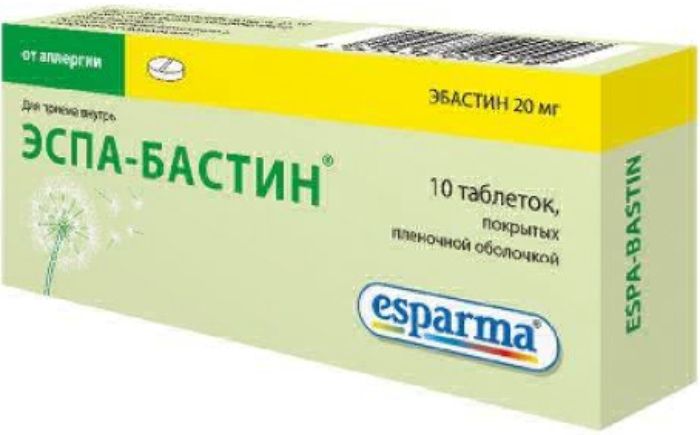

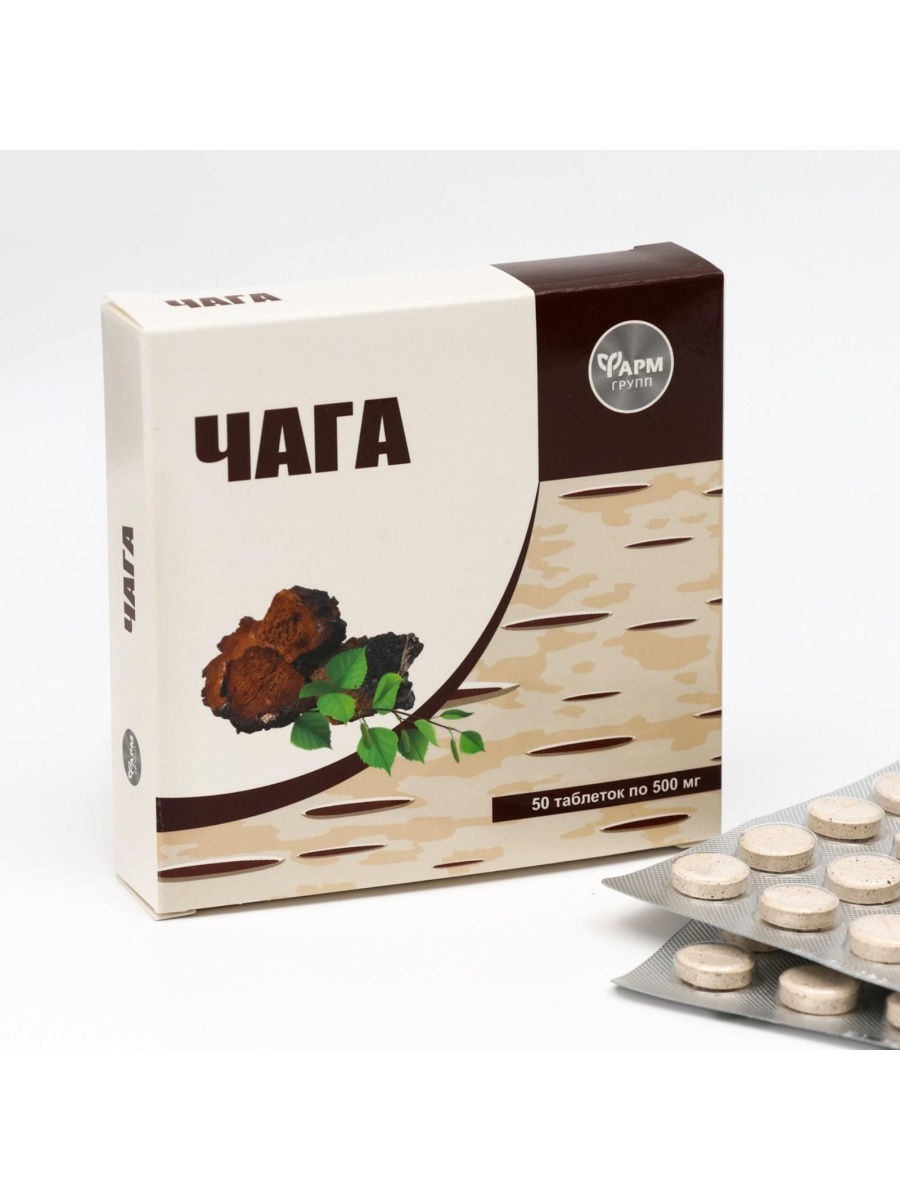
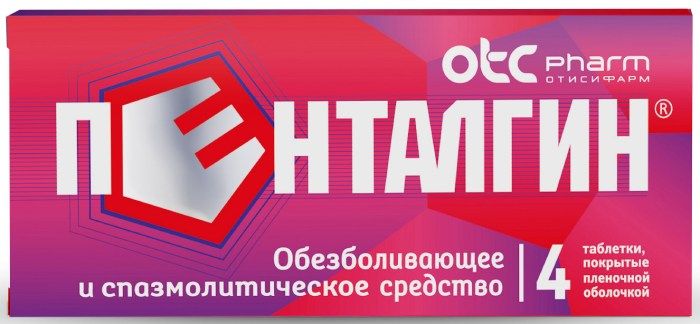
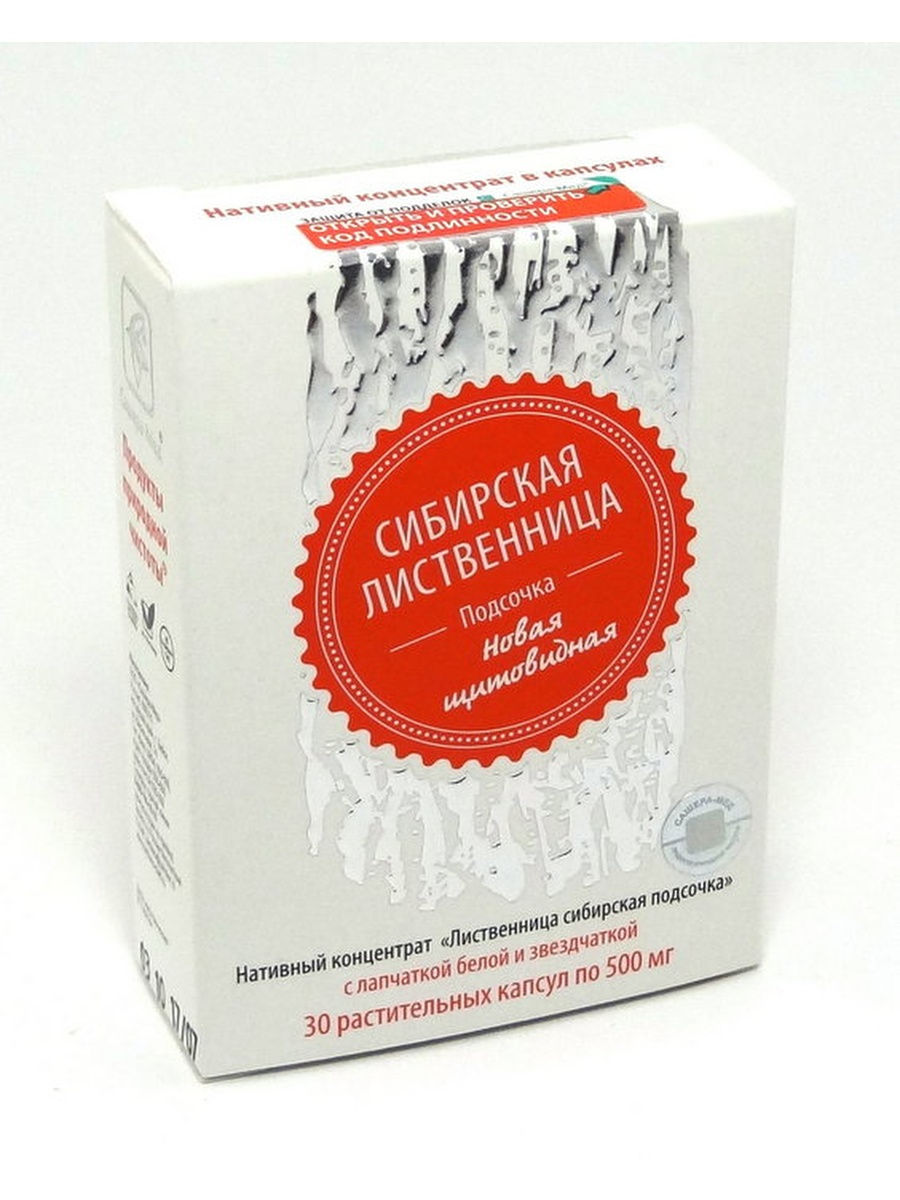
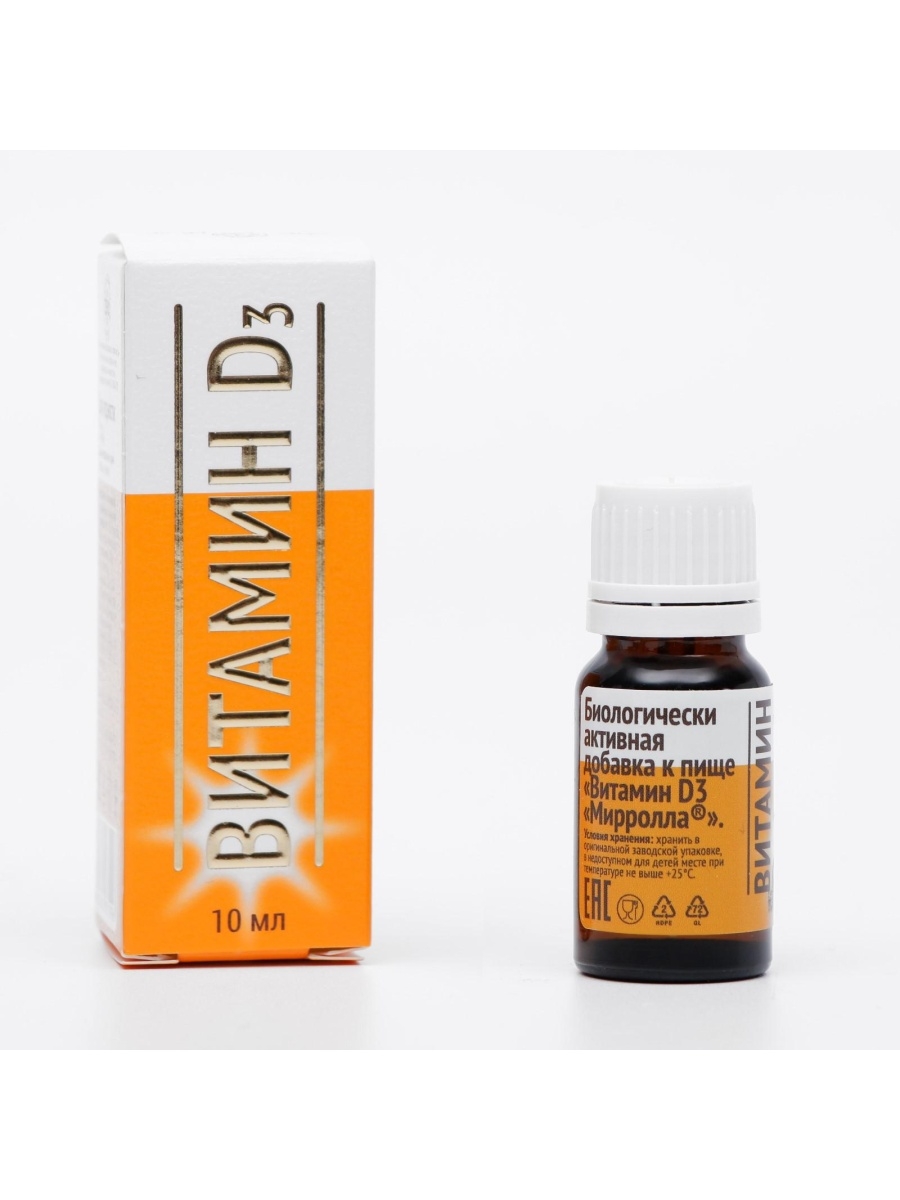

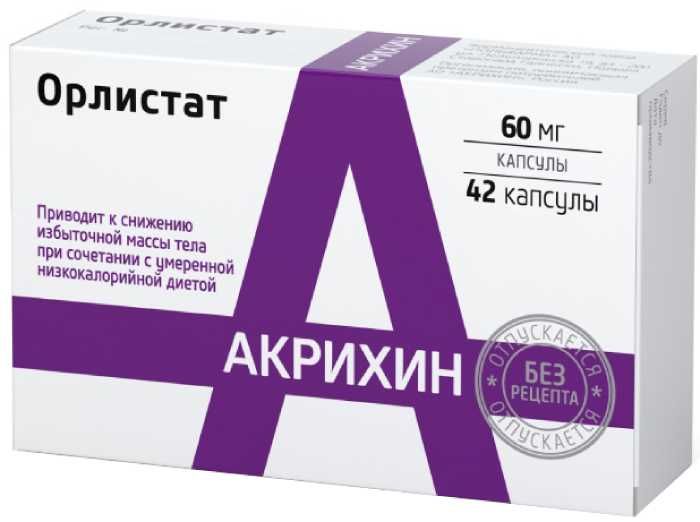




There are no reviews yet.